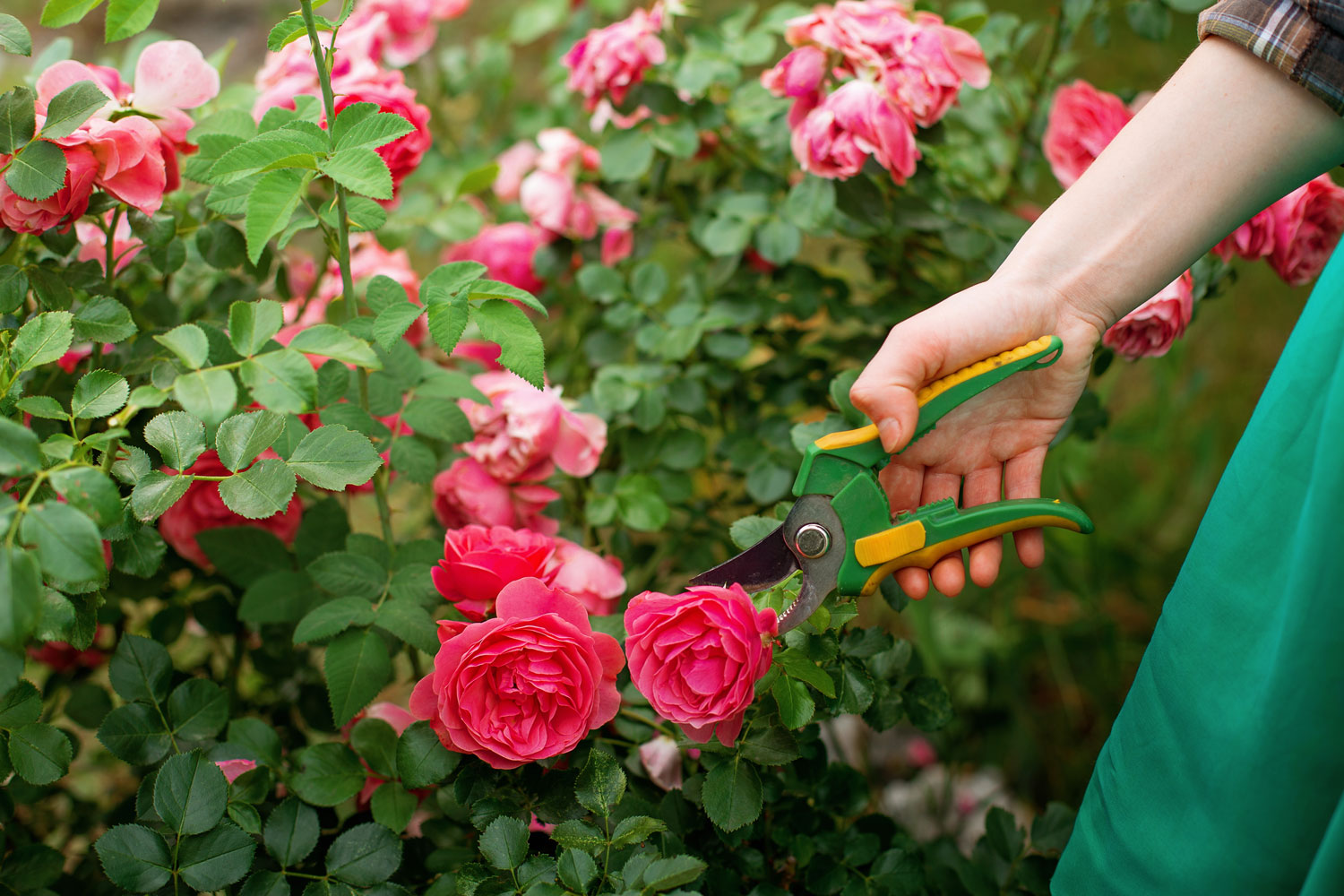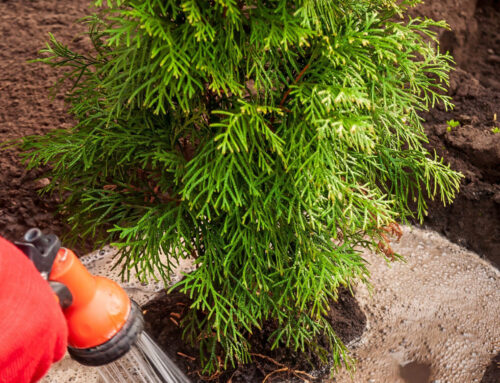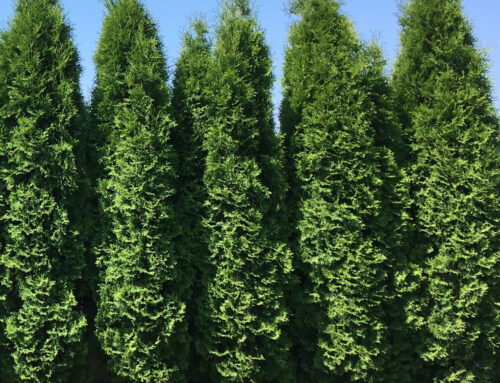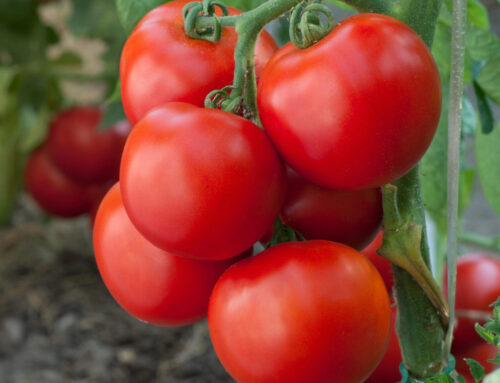Here at The Farm we receive a lot of questions about pruning:
When should I do it? Can I prune in the spring or should I wait until the fall? Do I have to prune? Will I prune off the flower buds?
There aren’t really any concrete answers to these pruning questions, so we’ve decided to try and break it down a little and explain it for you.
-
Why are you pruning?
The first question you should ask yourself is why do you want to prune the plant? If you don’t really have an answer, then don’t prune. When in doubt, leave the plant alone. If you never prune a shrub that’s usually fine, the health of the shrub doesn’t really have much to do with whether it has been pruned or not.
Reasons to prune include keeping the plant at a smaller/manageable size, removal of dead wood and damage, and to promote more blooms or re-blooming.
-
Determine if your shrub flowers on old wood or new wood.
This has posed as a problem over the years. Some people go a little crazy with the pruning in the fall or spring, and then come in wondering why they haven’t seen any flowers on their forsythia or on their hydrangea.
Flowering on new wood means that the plant does not form flower buds until after the plant pushes new growth in the spring. Generally if the plant flowers on new wood, it doesn’t flower until later in the season. Examples include panicle hydrangeas, roses, and butterfly bushes.
Flowering on old wood means that the plant forms flower buds for next year during the current year. The buds are carried through the winter and then bloom next year. When the plant is done blooming, it will start forming new buds again. Because the buds are already formed, these plants typically bloom earlier in the season. Examples include forsythia, lilacs and big-leaf hydrangeas.
-
When should I prune?
If your plant flowers on old wood, prune it in the spring right after it has finished blooming. That way, it has plenty of time to form new buds for the following year. If you have a plant that flowers on new wood, prune it right after you notice it pushing new growth. This way you can see if the plant has any damaged spots, and its early enough that it will have time to push even more new growth after the pruning.
-
Make small cuts.
Some people believe in slanted cuts, and some don’t. In reality, too slanted of a cut will expose a larger surface than smaller cuts will – making healing for the plant a little more difficult.
We love questions, so if you still aren’t sure whether to prune back your shrub, give us a call or stop in with a photo! We’d be happy to help.
Shrubs that flower on old wood
(Prune after spring/summer flowering)
- Deutzia
- Elderberry
- Forsythia
- Honeysuckle
- Quince
- Rhododendrons
- Spirea
- Viburnum
- Weigela
Plants that flower on new wood
(Prune in late winter/early spring)
- Abelia
- Butterfly Bush
- Clematis
- Dogwood
- Panicle Hydrangeas (Bobo, Limelight, Little Lime, Pinky Winky, Quick Fires)
- Smooth Hydrangeas
- Incrediball series
- Roses
- Rose of Sharon
Examples of plants that are re-bloomers
(Prune slightly after spring flowering)
- Azalea Bloom-A-Thon series
- Lilac Bloomerang
- Weigela Sonic Bloom
Plants to avoid pruning altogether
- Bigleaf Hydrangeas
- Mountain Hydrangeas
- Oakleaf Hydrangeas
- Winterberry Holly




